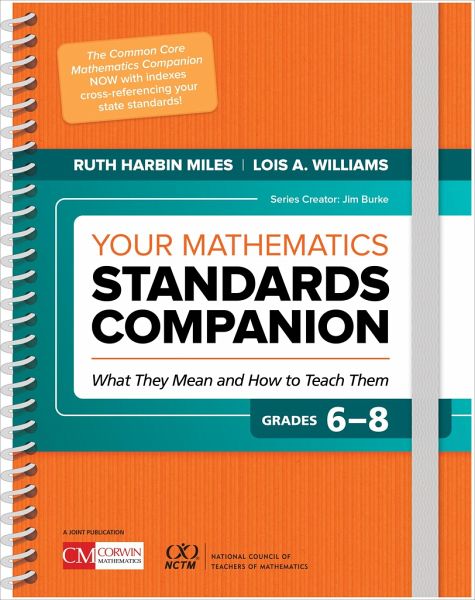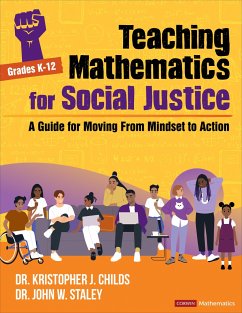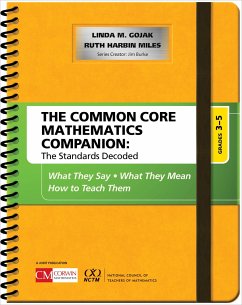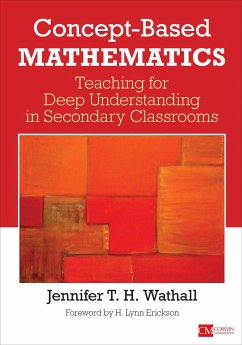Nicht lieferbar

Your Mathematics Standards Companion, Grades 6-8
What They Mean and How to Teach Them
Versandkostenfrei!
Nicht lieferbar
Under the premise that math is math, the authors provide a Cross-Referencing Index for states implementing their own specific mathematics standards, showing which of your standards are the same as CCSS-M, which differ and how - and which page number to turn to for standards-based teaching ideas.






